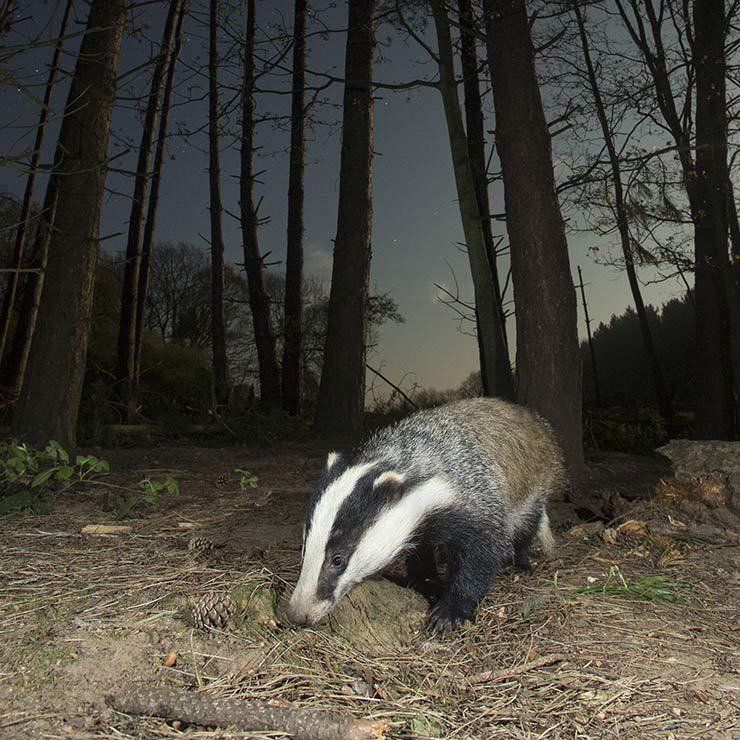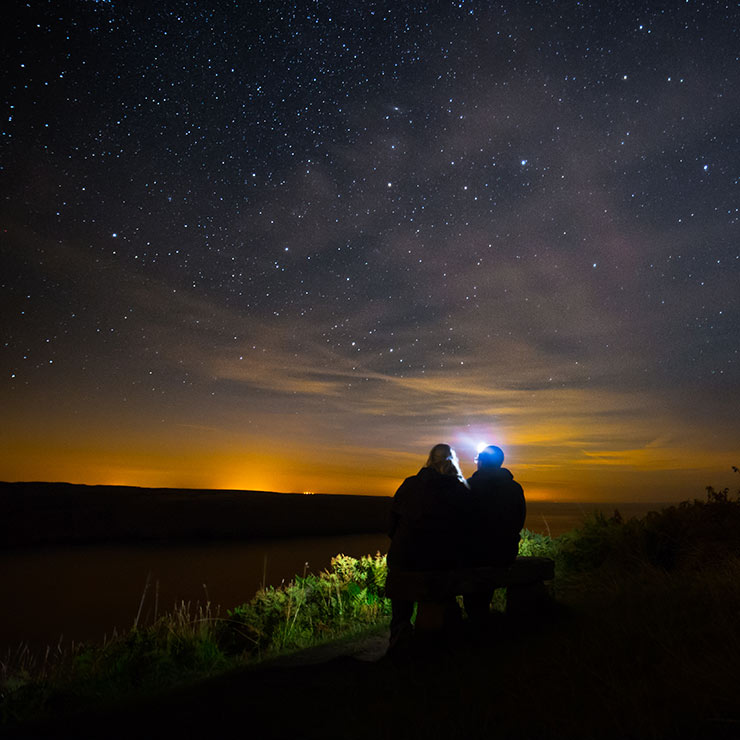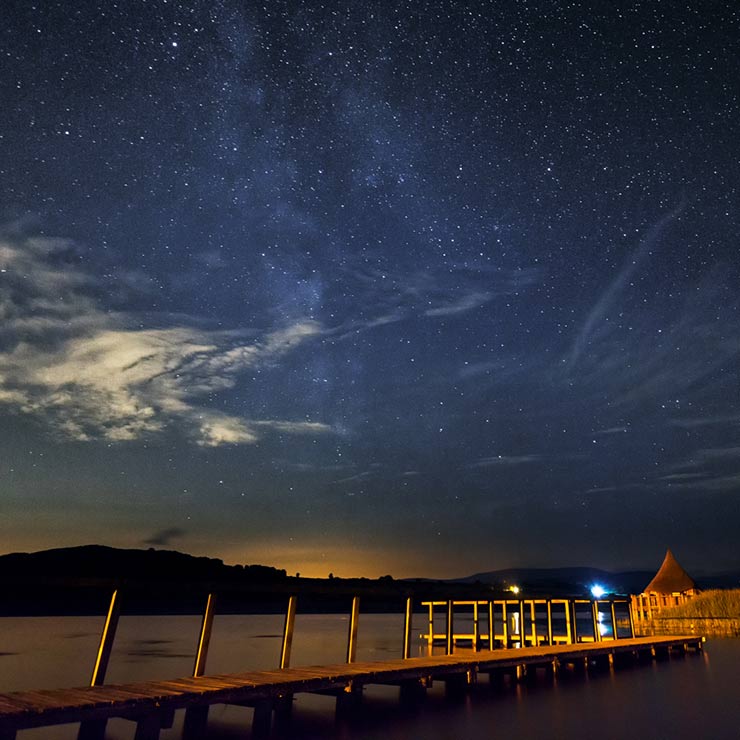Glow-Worm Adventure
Find these brilliant creatures tucked away twinkling in gardens and hedgerows.
All too often, as we travel in our cars from one bright street lit area to another, we are unlikely to notice the magical tiny lights of glow-worms in the hedgerows. However these twinkling mini-beasts are actually beetles not worms and are one of nature’s little wonders. Dark moonless nights are ideal for discovering these twinkling mini-beasts. Once darkness falls look for glow-worms from late May to early September, although they will be most abundant in mid-July.
If you do see glow-worms, have a peek but do not disturb them and no matter how many there are on a site, please do not take them home as curiosities in glass jars to entertain the kids. Many organisations including many of the National Park Authorities hold glow-worm walks or after dark safaris where you may get the opportunity to catch sight of these glimmering little bioluminescent wonders.
Legend says that early humans used to use glow-worms to mark paths and provide light in huts and special ceremonies. Glow-worms were thought to have magical powers and in past times were used in the lotions and potions of ancient medicine. Despite the name, glow-worms are usually adult female beetles (Latin name Lampyris noctiluca). They are quite widespread but locally distributed in Wales and many populations are sadly in decline. Typical habitats are gardens, hedgerows, cliffs, woodlands, sand dunes, heathland and even valleys in Wales. Populations vary in size from year to year.
Glow-worms start to glow soon after dusk as soon as it is tolerably dark and continue well into the night. Glow-worms are usually found on the ground or sometimes on plant stems up to about knee height. The glow is produced in the abdomen of the wingless female to attract flying males to mate with her. The glow is a form of bioluminescence caused when a molecule called luciferin is oxidised to produce oxyluciferin, with the enzyme luciferase acting as a catalyst. Females live for only a few weeks and once mated, lay their eggs and soon die. Typically, the female glow-worm lays between 50 and 100 eggs in moist areas, over a period of a few days. The tiny glow worm eggs are yellow in colour and can take between 3 and 6 weeks to hatch. The warmer it is, the faster the glow-worm eggs will hatch. Once the eggs hatch into larvae, they remain as larvae for 1-2 summers. Larvae may also glow very weakly and for short periods.
Although glow-worms are omnivorous animals they tend to have a very meat-based diet. Glow-worms predominantly prey on snails and slugs but will also eat insects and small invertebrates which they catch using a sticky line. Due to their small size and the very fact that they glow in the darkness, glow worms have many natural predators including spiders, large insects, birds, reptiles and centipedes. Glow-worm numbers are drastically decreasing and considered to be an animal species that is at risk of extinction. It is thought that the main reason for the lower number is due to the expansion of human activity. Glow-worms are particularly vulnerable to changes in their environment including habitat loss, noise and pollution. There are a few other invertebrates (lesser glow-worm, a few caterpillars and centipedes) which can also glow, but these are much rarer. Fireflies are not present in the UK.
Further information
You can find out where glow-worms may be, by looking at the map on the National Biodiversity Network search for ‘glow-worm’, then use ‘interactive map’. Further general information: www.glowworms.org.uk
You may also be interested in...

Badger Watching
Experience the amazing sight of badgers emerging into the dusk from their setts, foraging for food and playing in the moonlight.

Bat Walks
Listen out for the supersonic squeaks of nature’s only true flying mammal and watch their furry acrobatic missions in the night air.

Nocturnal Birds
Elusive and enchanting - from the dusk and dawn chorus, to the bird calls of the night, in the mystical welsh woods.
